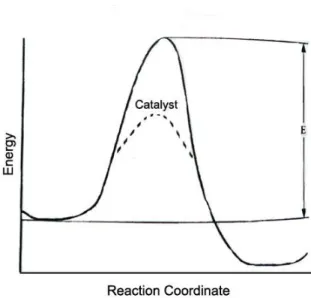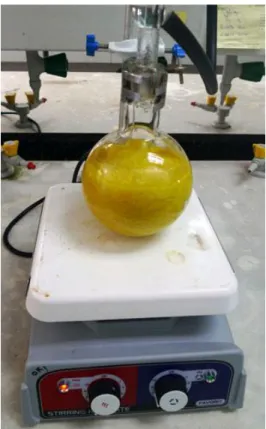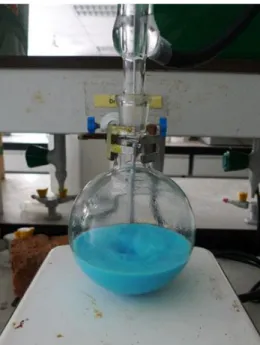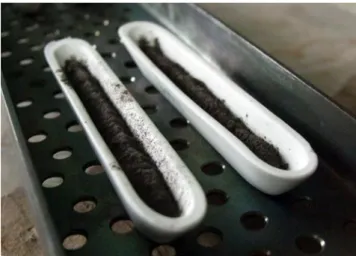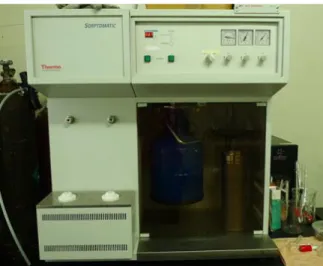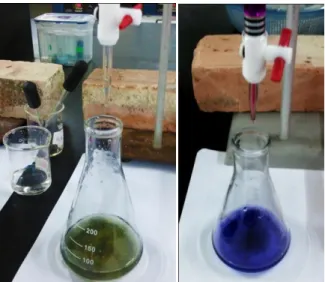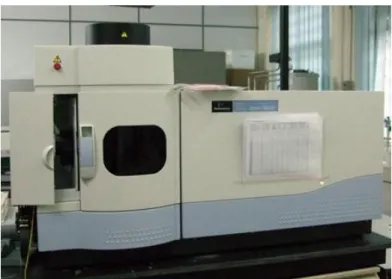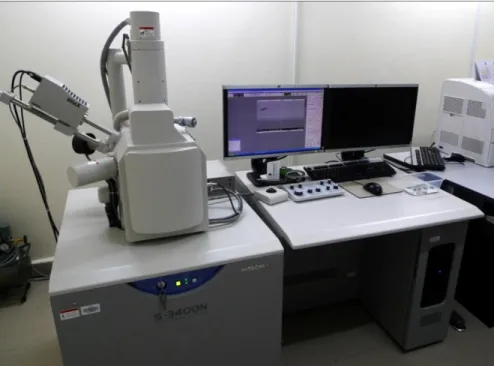A project report submitted in partial fulfillment of the requirements for the award of the degree Bachelor of Engineering (Hons) Chemical Engineering. I certify that this project report entitled "EFFECT OF CHROMIUM DOPANT TOTOARDS THE PHYSICAL AND CHEMICAL PROPERTIES OF VANADIUM PHOSPHOR OXIDE CATALYSTS" prepared by JASLYN LOO SHEN-WUI has met the required standard for submission in partial fulfillment of the Bachelor's requirements for the award of Engineering (Hons.) Chemical Engineering at Universiti Tunku Abdul Rahman. The copyright of this report belongs to the author in terms of the provisions of the Copyright Act 1987 as qualified by the Intellectual Property Policy of Tunku Abdul Rahman University.
Due credit will always be given to the use of material contained in or derived from this report. I would like to thank everyone who contributed to the successful completion of this project. Leong Loong Koong for his valuable advice, guidance and patience during the development of the study.
The physical and chemical properties were studied by XRD, BET, SEM-EDAX, redox titration and ICP-OES. This corresponds to the XRD results that decreasing crystallite size means having larger specific surface area.
Catalysis and Catalyst
Types of Catalysts
Essential Properties of Good Catalysts
Often chemical reactions can be controlled by manipulating temperature, concentration, pressure and residence time. Although increasing the temperature and pressure will allow stoichiometric reactions to proceed at a reasonable production rate, safety and economic feasibility may become problematic issues. Without catalysts, many chemical reactions will not be possible to perform, as non-catalytic, stoichiometric reactions are generally not economical.
This is because catalysts use raw materials efficiently, the formation of unwanted residues or by-products can be significantly minimized (Chorkendorff and Niemantsverdriet, 2003).
Problem Statement
Objective of Research
Maleic Anhydride, MA
Oxidation of n-Butane to MA
Preparation of VPO Catalyst
Dihydrate Precursor Synthesis
For dihydrate synthesis, VOPO4∙2H2O material was prepared by reacting V2O5 with ortho-phosphoric acid, o-H3PO4 in water under reflux with continuous stirring for 24 h (Taufiq-Yap et al., 2008). The yellow solid was recovered by filtration, washed with distilled water and followed with acetone. After that, the synthesized VOPO4∙2H2O was suspended with rapid stirring in isobutyl alcohol and the mixture was refluxed for 21 h with continuous stirring.
The resulting blue solid, VOHPO4∙0.5H2O, was further treated in boiling water for 3 hours to remove VO(H2PO4)2 and was separated by filtration and dried overnight in air at 385 K (Hutchings et al., 2003) .
Hemihydrate Precursor Synthesis
The sesquihydrate precursor was obtained by reacting V2O5 with o-H3PO4 in water under reflux and continuous stirring for 24 h to form a yellow slurry. The solid intermediate was recovered by centrifugation and allowed to dry to give a yellow powder which was vanadium phosphate dihydrate, VOPO4∙2H2O (Ishimura et al., 2000).
Parameters of VPO Catalyst
Calcination Condition
The conversion of the precursor to the active phase of the VPO catalyst is carried out by calcining the precursor. Different conditions will ultimately affect the different phases described on the catalytic performances of selective oxidation of n-butane. Numerous previous studies suggested that a combination of vanadyl pyrophosphate together with patches of VOPO4 phases plays an important role in the selective oxidation of n-butane.
However, few studies have been conducted on the active sites of VPO on other calcining agents, particularly on the selective oxidation of propane. From the catalytic test, they found that the n-butane calcined catalyst showed higher conversion for the oxidation of both hydrocarbons compared to the propane/air calcined catalyst. This is due to the behavior of the active oxygen atom, with O- in the catalysts playing a crucial role in the activation of n-butane and propane.
The authors had confirmed that this was the main crucial step for the oxidation of hydrocarbons (Taufiq-Yap and Saw, 2008). As such, it was concluded that n-butane was widely used for the partial oxidation process to maleic anhydride, MA. Supported VPO exhibits superior properties over bulk VPO because it offers larger amounts of active sites per mass unit of catalyst and higher mechanical strength to withstand the extreme condition of the bed reactors.
It is further explained that this is because the introduction of the support system could hinder the formation of the active phase (VO)2P2O7. Nevertheless, by using a carrier such as silica, the interaction with the active phase became less strong. The experimental results of Doj and Baerns confirmed that the catalytic efficiency of V2O5/P2O5 catalysts depends on the type of support used.
They found that V2O5/P2O5 catalysts with TiO2 show a higher MA selectivity for the oxidation of but-1-ene and furan compared to V2O5/P2O5 catalysts with Al2O3. On the other hand, the Al2O3-supported catalyst showed greater activity than the TiO2-supported catalyst for the non-selective sequential oxidation of MA. In summary, an optimized concentration between selectivity and activity of VPO catalyst in the support system is crucial to obtain the best yield of MA in production (Baerns and Do, 1988).
Dopant
P/V Atomic Ratio
Materials and Gases Used
Methodology
Preparation of Undoped VPO catalysts
Preparation of Cr-doped VPO Catalysts
Calcination of Cr-doped and Undoped VPO Catalysts
Characterisation Techniques and Instrumentation
- X-ray Diffraction (XRD) Analysis
- BET Multi-Point Surface Area Measurements
- Redox Titration
- Inductively Coupled Plasma – Optical Emission Spectrometry (ICP- OES)
- Scanning Electron Microscope (SEM) and Energy-Dispersive X-ray Spectroscopy (EDX)
BET (Brunauer, Emmett and Teller) multipoint method is a quantitative measurement of specific surface area of a solid, in this case the catalyst by physical adsorption of gas molecules on the catalyst surface. The monolayer capacity of a solid is defined as the amount of adsorbate required to completely fill a molecular layer on the surface of one gram of solid. Layers and layers of gas molecules will fill the active site of the catalyst.
The area of each layer can be measured, as the amount of gas adsorbed is based on the number of saturated monolayers formed. The monolayer capacity is defined as the amount of adsorbed gas molecules that can be accommodated in a completely filled single layer of molecules on the surface of one gram of solid (cm2/g). Then pure N2 gas was injected to analyze the adsorption-desorption process of N2 gas molecules filling the pores of the catalyst sample.
The mass of the catalyst after analysis was recorded and the final sample mass was calculated. The acid sites of the VPO catalysts are measured using the potentiometric titration method, otherwise known as the Niwa and Murakami method. End point was reached when the color of the solution changed from greenish blue to pink.
On a separate account, 25 ml of the original solution was titrated with ammonium iron(II) sulphate solution 0.01 N with diphenylamine as the indicator. The measurement of the line spectrum intensity is then measured by a detector, usually the charged pair device (CCD). The intensity of energy emitted at a chosen wavelength is proportional to the amount of ions analyzed.
SEM is an electron microscope that uses a focused beam of high-energy electrons to generate very fine-scale images at the surface of the solid samples. SEM analysis is non-destructive because the X-rays generated by electron interactions are mild and do not cause volume loss of the sample. On the other hand, morphology also shows on the nanometer scale the shape and size of the particles that make up the object on the surface of the sample.
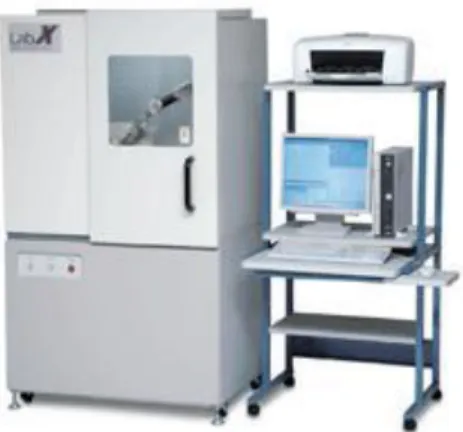
X-ray Diffraction Analysis
BET Surface Area Analysis
Scanning Electron Microscope, SEM
The rosette shape formation is due to the sesquihydrate precursor synthesis route and the n-butane/air calcination environment used for these chromium-doped VPO catalysts and its bulk sample.
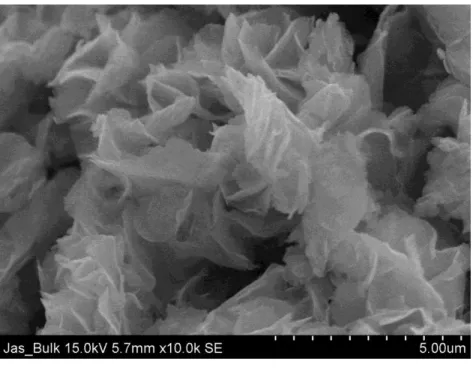
EDAX, Energy-Dispersive X-ray Spectroscopy
CrVPO
CrVPO
Redox Titration
The resulting P/V is on the higher side of the range due to the larger amount of phosphorus dispersed around the catalyst, which is the way the catalyst is prepared during the precursor synthesis step. Abon and Volta mentioned that the P/V ratio at the level of preparation and activation conditions would strongly influence the final phase composition of the catalysts, especially the distribution of phosphorus and vanadium and its oxidation state. It is acceptable because in the case of calcination, it was found that most of the synthesized catalyst samples were greenish gray, which is a sign of oxidized VPO.
As such, having a higher V5+ phase present in the VPO catalyst system will have higher selectivity of n-butane to form maleic anhydride.

Conclusions
Recommendations
This is due to greater amount of phosphorus distributed around the catalyst and the way in which the precursor is prepared during the synthesis stage. The new and highly selective fumed silica-supported VPO for partial oxidation of n-butane to maleic anhydride. Effect of support material on the catalytic performance of V2O5/P2O5 catalysts for the selective oxidation of but-1-ene and furan to maleic anhydride and its subsequent non-selective oxidation.
Comparative studies on the VPO sample supported on mesoporous Al-containing MCM-41 and large-pore silica. Effect of Cr and Co promoters addition on vanadium phosphate catalysts for mild oxidation of n-butane. Effect of different calcination environments on vanadium phosphate catalysts for selective oxidation of propane and n-butane.
Influence of Bi-Fe additive on the properties of vanadium phosphate catalyst for n-butane oxidation to maleic anhydride. The solution was then transferred to a 100 ml volumetric flask and further supplemented with concentrated H 2 SO 4 . M1 = concentration of the prediluted solution M2 = concentration of the diluted solution V1 = volume of the prediluted solution V2 = volume of the diluted solution.
